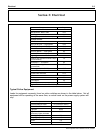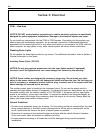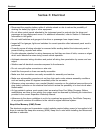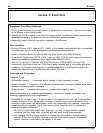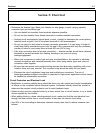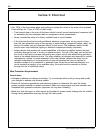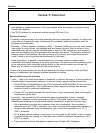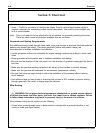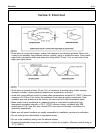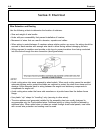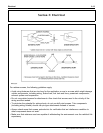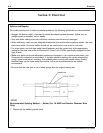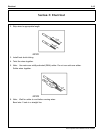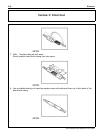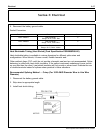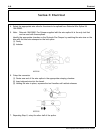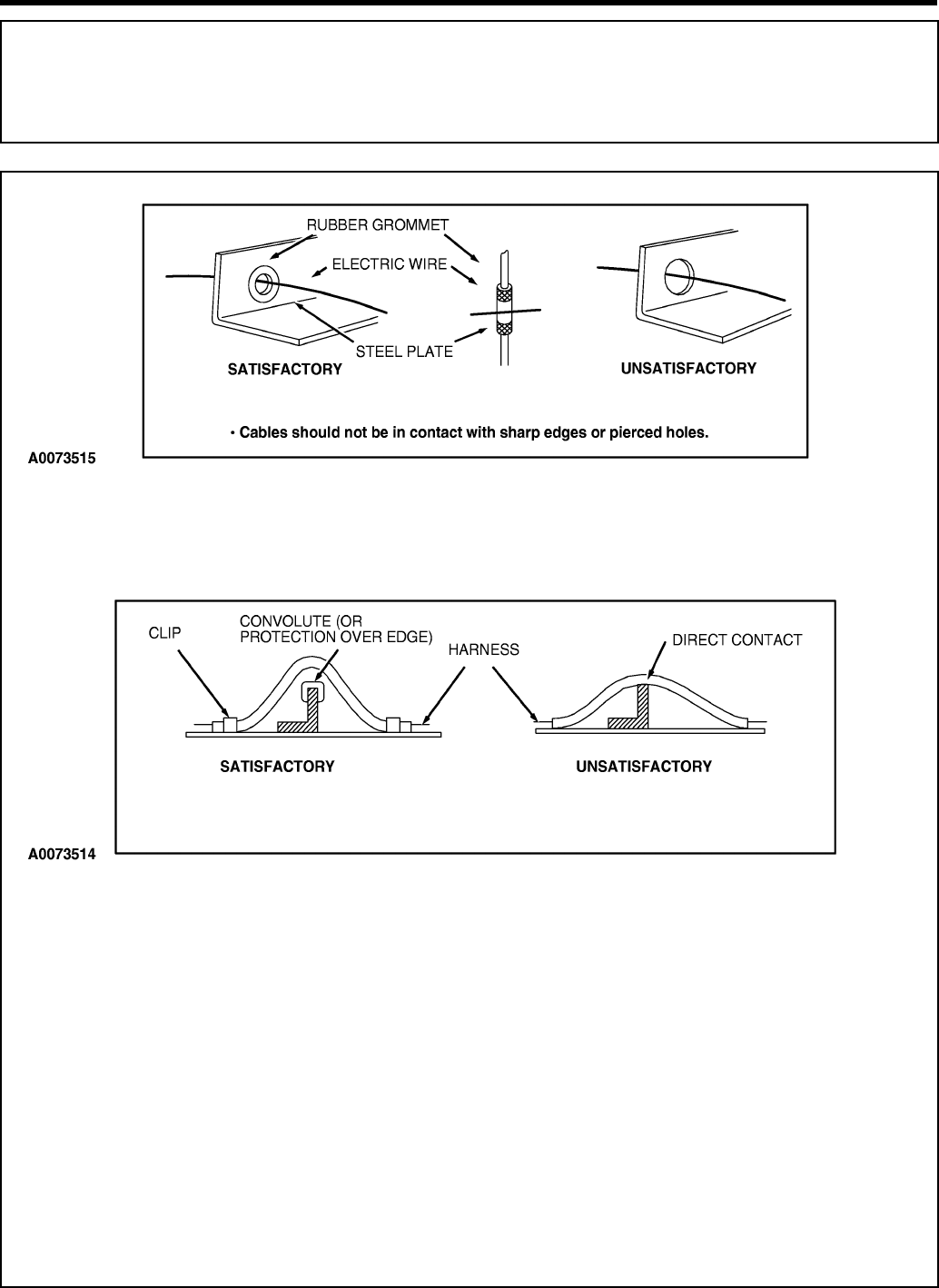
Electrical 2-11
Section 2: Electrical
• Route wires to avoid metal edges, screws, trim fasteners and abrasive surfaces. When such
routing is not possible, use protective devices (shields, caps) to protect the wires. Cover metal
edges with a protective shield and fasten the wiring within 76 mm (3 in) on each side of the
edge (see figure below).
• Route wires to provide at least 76 mm (3 in) of clearance to moving parts in their extreme
movement location, unless positively fastened and protected by a conduit.
• Avoid wire routing without conduit in areas where temperatures exceed 82°C (180°F). Minimum
clearance of 152 mm (6 in) should be maintained from exhaust system components. Heat
insulation and heat shields must be used on the wires routed in high temperature areas.
• Make certain that all underhood or underbody wiring is cross-linked polyethylene high
temperature insulation wire with a 135°C (275°F) minimum rating, consistent with SAE
specification J1128 Type SXL wire. Normal PVC wire must not be used in underhood or
underbody applications.
• Make sure all ground locations are readily accessible for installation, service and verification.
• Do not place ground attachments in high-splash areas.
• Do not route underbody wiring over the exhaust system.
• Underhood/underbody wiring must be routed in conduit for protection. Minimum conduit rating is
177°C (350°F).
2010 Expedition SSV Modifiers Guide, 07/2009



